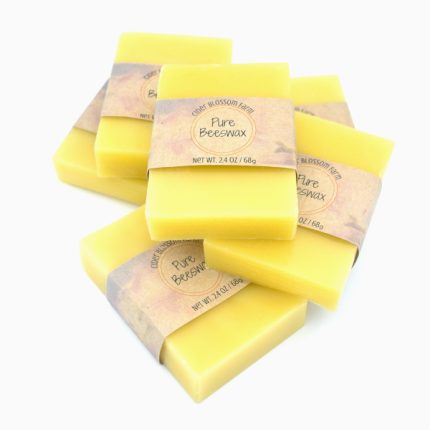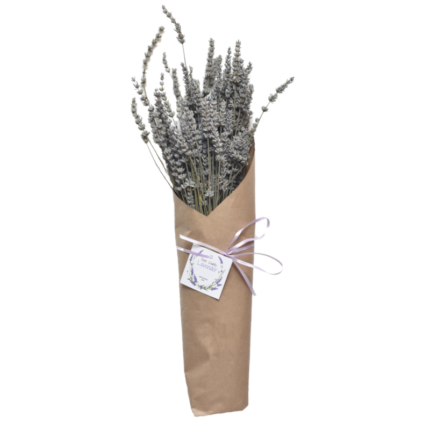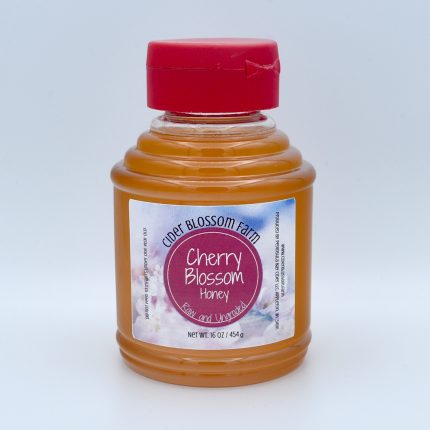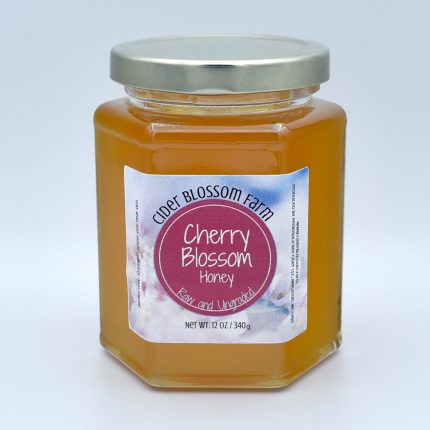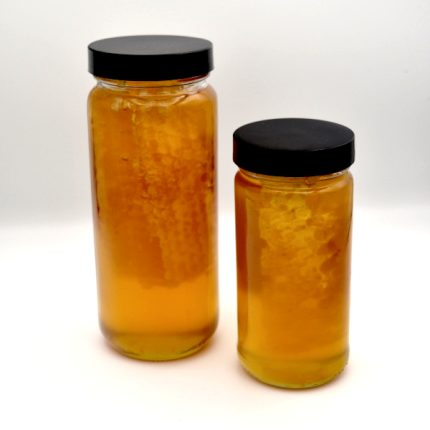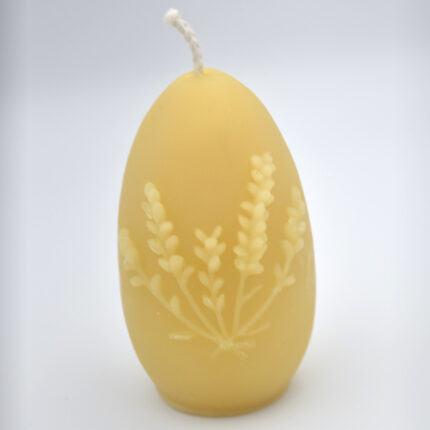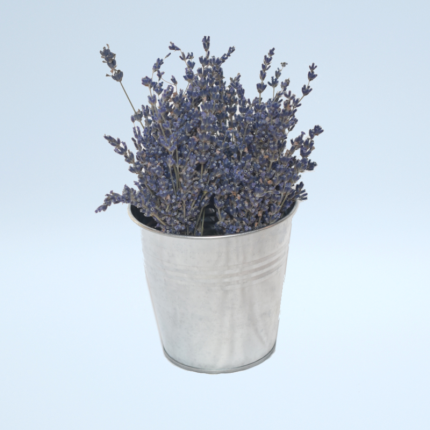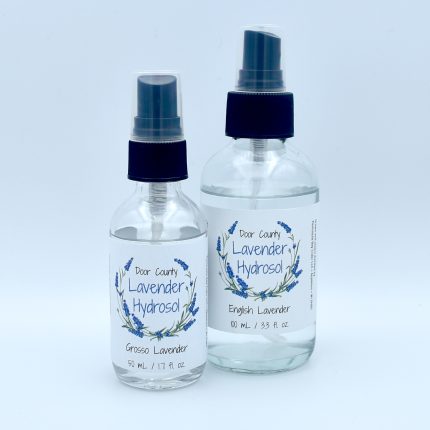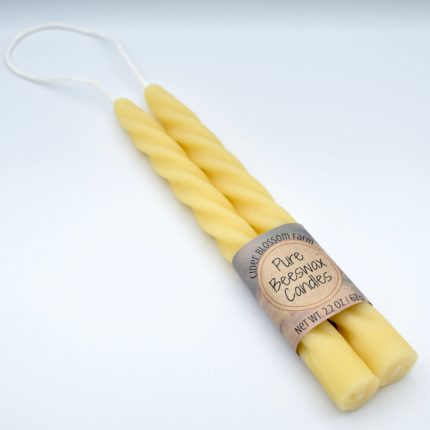Door County · Wisconsin
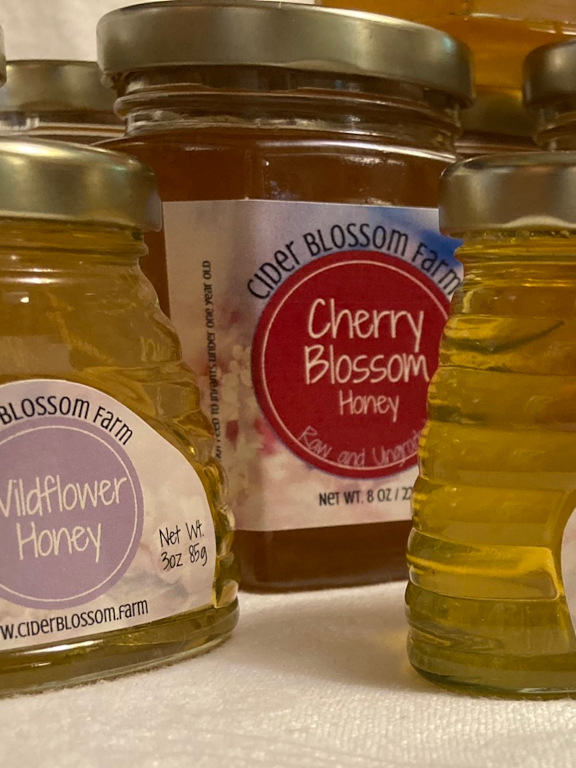
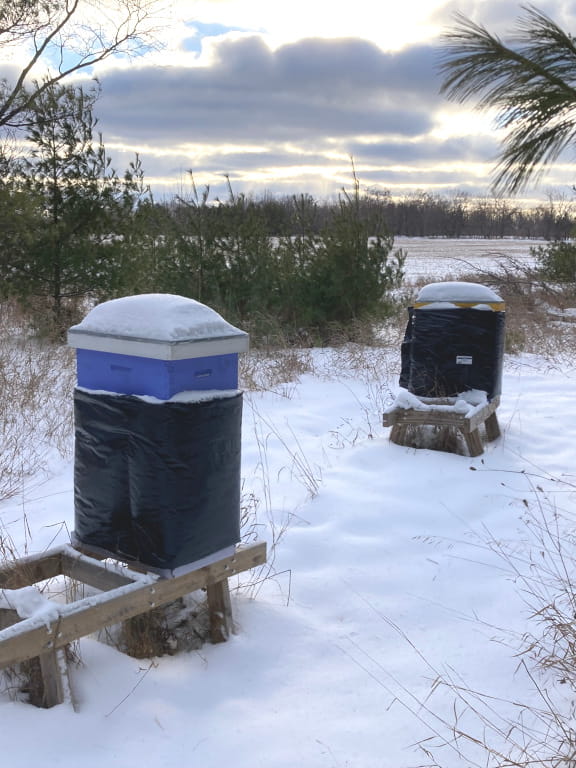
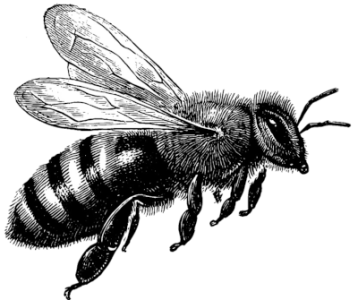
Brrr! It’s cold!
… but our bees are enjoying the honey they stored all summer. You can enjoy some of their bounty this winter, too!
Browse HoneyFrom our farm to you
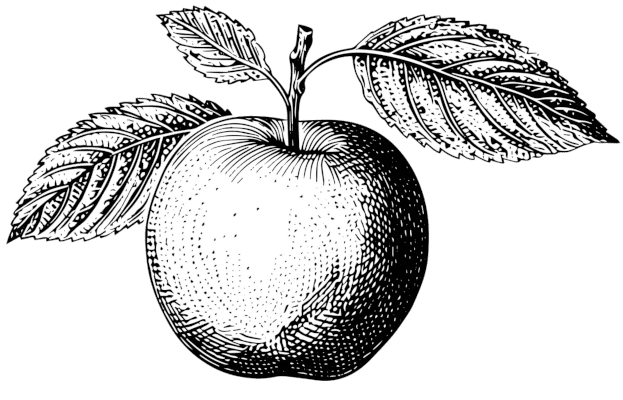
Think outside the lunchbox
Cider and heirloom apples
We have more than 30 varieties of cider and heirloom apple varieties. We invite you to enjoy eating this rich apple heritage through a subscription to a community-supported share or from a farmers’ market in Northeast Wisconsin. Contact us for more information.
Browse Apples

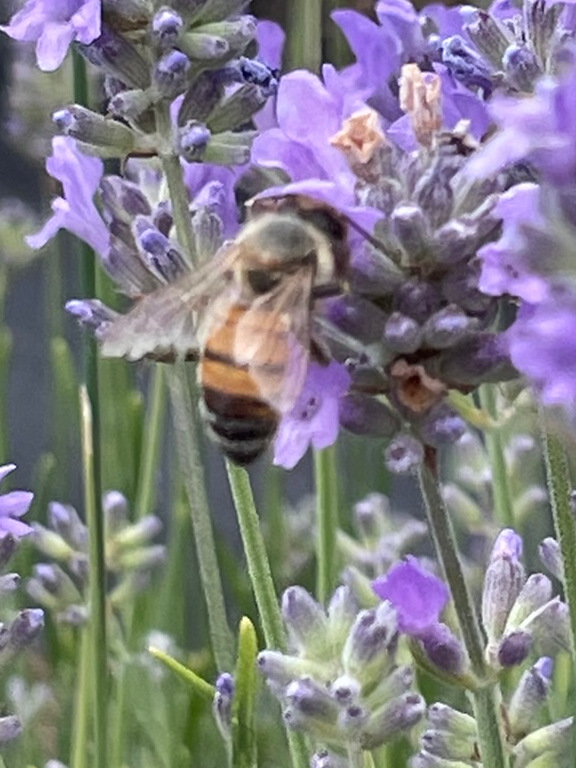

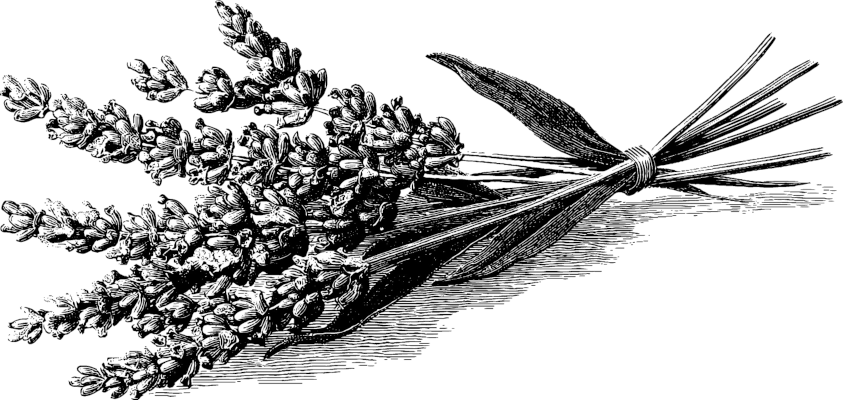
Beautiful Door County
Lavender
We have a variety of lavender for delightful aromas and for crafting from Wisconsin’s beautiful Door County. Be sure to sign up for our newsletter or follow us on Facebook to know when the new crop comes in!
Browse Lavender
